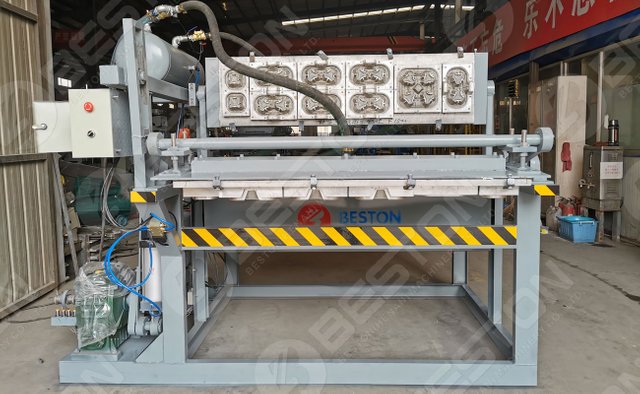The use of industrial packaging machines in modern manufacturing has revolutionized packaging processes across various industries, from food and beverage to electronics and pharmaceuticals. These machines improve efficiency, reduce labor costs, and streamline production lines. However, alongside these advantages, there are significant environmental concerns associated with their widespread use. From energy consumption to waste generation, understanding the environmental impact of industrial packaging machines is crucial for businesses aiming to balance operational efficiency with sustainability.
Energy Consumption and Carbon Footprint
One of the primary environmental concerns with industrial packaging machines is their energy consumption. These machines are typically large-scale operations that require significant amounts of electricity to power the machinery. The industrial packaging machine price is often influenced by the sophistication of the machine, with more advanced models requiring higher energy inputs due to their enhanced features, such as automation and high-speed production capabilities. As production speeds increase, so too does energy demand, leading to higher carbon emissions unless sourced from renewable energy.
For industries looking to minimize their carbon footprint, energy-efficient machines are a key consideration. Many modern industrial packaging machines are designed with features that reduce energy consumption, such as variable speed drives, optimized motors, and regenerative braking systems. However, the widespread use of less energy-efficient models in developing markets or older production lines continues to contribute to environmental strain.
Material Waste and Resource Efficiency
Another significant environmental impact of pulp molding machinery is the waste generated during packaging processes. Whether it's the excess packaging materials, plastic wraps, or paperboard used in the production line, these machines often contribute to resource depletion if not managed properly. While some machines are designed to minimize material waste through precise cutting and packaging, others, particularly older or lower-end models, may generate more scrap and off-cuts, increasing the overall environmental burden.
The industrial packaging machine price is often reflective of the machine’s ability to optimize material usage. High-quality machines incorporate advanced features like material handling systems that accurately dispense and cut packaging materials, reducing waste. Furthermore, some newer models are designed to work with biodegradable or recyclable packaging materials, helping to mitigate the environmental impact. Manufacturers who prioritize sustainability can reduce the amount of waste generated per unit of packaged product, contributing to more efficient resource utilization.
Packaging Material Type and End-of-Life Considerations
The type of packaging material used is another crucial factor that affects the environmental impact of industrial packaging machines. Machines that work with plastic, for example, contribute to the growing problem of plastic pollution, as plastic packaging takes hundreds of years to decompose. The environmental footprint of plastic is significant, from its production to its disposal, and the increased reliance on plastic packaging is a concern for many businesses and consumers.
On the other hand, the shift toward more sustainable packaging options—such as biodegradable, recyclable, or compostable materials—offers a solution. Some industrial packaging machines are now designed to handle eco-friendly alternatives, making it easier for businesses to transition away from single-use plastics. The choice of packaging material is often influenced by the industrial packaging machine price, as higher-end machines are capable of handling a variety of materials that can be more sustainable.
Recycling and Reusability
An often-overlooked aspect of industrial packaging machines is their role in promoting or hindering recycling and reuse efforts. Many modern machines are equipped with features that facilitate the recycling of packaging waste. For example, automated sorting and recycling systems can separate reusable materials from non-recyclable waste during production. Additionally, machines that use modular parts may enable easier repair and re-use, reducing the need for replacements and lowering the overall consumption of resources.
The ability to integrate such recycling-friendly features into packaging processes depends on the initial investment, which is reflected in the industrial packaging machine price. Businesses that invest in machines that support sustainable practices not only benefit from operational efficiencies but also reduce the environmental costs associated with waste management and material disposal.
Conclusion
The environmental impact of using industrial packaging machines is a multifaceted issue that requires careful consideration. While these machines offer significant operational benefits, their contribution to energy consumption, material waste, and resource depletion cannot be ignored. Companies looking to reduce their environmental footprint must assess their choice of packaging materials, invest in energy-efficient machinery, and adopt waste-reducing practices. By selecting machines with optimized production features and sustainable material handling capabilities, businesses can align their packaging processes with environmental goals. Ultimately, the industrial packaging machine price should not only reflect performance and cost but also the machine’s capacity to support more sustainable and environmentally responsible packaging practices.